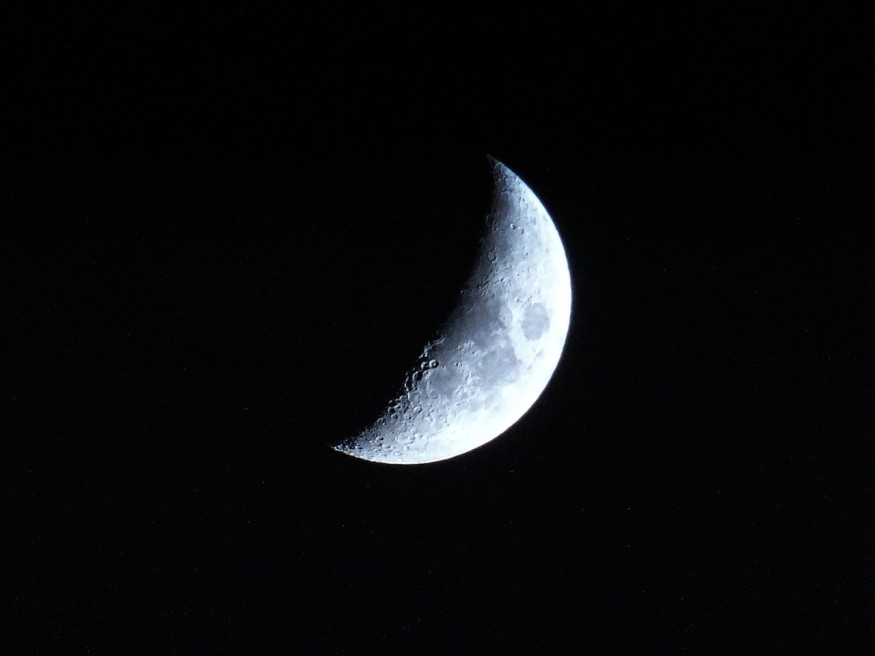Five nanobots designed and made by researchers in Mexico are set to blast off for the Moon in the later parts of the year, part of a novel scientific mission that aims to have the two-wheeled tiny robots scrambling across the surface of the Moon while taking sophisticated measurements of the lunar landscape.
Mexican Nanorobots by UNAM

Reuters reports that the nanorobots were developed by researchers at the National Autonomous University (UNAM), Mexico. The tiny Mexican robots will collaborate like a swarm of bees after completing almost 240,000-mile travel from Earth aboard a rocket from the US firm Astrobotic Technology.
The first-of-its-kind scientific feat is poised to launch via United Launch Alliance Vulcan rocket and, coincidentally, will be the first American spacecraft to set foot on the lunar surface in the past 50 years.
Gustavo Medina Tanco, an UNAM scientist heading the Colmena project, which in Spanish translates to "beehive," says to Reuters that the small mission serves as a test of the concept. Afterward, researchers will undertake other missions, first to the Moon and then to asteroids.
He explains that the Mexican nanorobots, made from titanium alloy, stainless steel, and space-grade aluminum, are equipped to gather samples of lunar minerals that could prove to be useful in future space mining ventures.
On a recent tour of the UNAM's space instruments facility, Reuters reports that the Colmena team were testing launch devices for the wager-thin, roughly five-inch in diameter, disk-shaped nanorobots that weigh less than 60 grams each, which are also designed to have communication capabilities to each other as well as with the Earth-based command center.
Colmena Lunar Mission
Originally developed for the Lunar X-Prize by Google, UNAM's tiny robots are set to launch in June of this year on Astrobotic's Peregrine lander.
During the nanobot's month-long mission, they will take the first-ever lunar plasma temperature, regolith particle size, and electromagnetic measurements, according to UNAM's article published in February.
Medina Tanco expressed pride in the upcoming mission, which included contributions by over 200 physics, engineering, math, and chemistry students. He explains that the feat has never been attempted by anyone else, not just in Mexico.
The five nanobots aim to help develop a niche technology. According to Tanco, the Colmena mission has an internationally original mission. The first-of-its-kind mission serves as the first stage of the space technology niche that the researchers want to develop for Mexico to participate in the transformation of sp[ace technology as a consumer, but effectively, as an actor and producer knowledge, wealth, goods, and well-being.
During the project's presentation, researchers fr5om ICN's Linx Space Instrumentation Laboratory highlighted that the Hive would be able to demonstrate that tiny robots can work together and coordinate as explorers and miners in future space missions, reports The Yucatan Times.
Researchers reiterated that other than the robot's primary directive, they will also be assessing the possibility of surviving on the Moon's aggressive conditions and demonstrating whether it's possible to navigate in the dust.
RELATED ARTICLE : NASA Ingenuity Helicopter Nails 20th Flight After Breaking Flying Limits
Check out more news and information on Space in Science Times.
© 2025 ScienceTimes.com All rights reserved. Do not reproduce without permission. The window to the world of Science Times.











